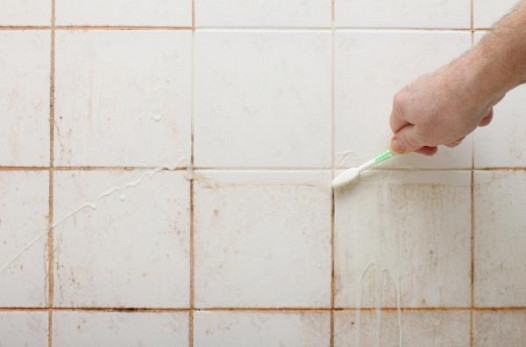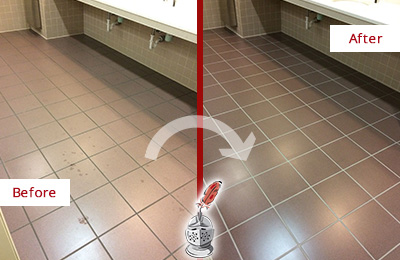Ways to Repair a Water-Damaged Wall in the Bathroom
Ways to Repair a Water-Damaged Wall in the Bathroom
Blog Article
Do you find yourself searching for facts on Common Causes of Water Damage in a Bathroom?

The restroom is very at risk for moist accumulation as well as prospective water damages as a result of the frequent use of water in it. This short article offers easy assessment methods to aid identifying water damages hazards.
The frequent use of water in the restroom makes it very prone for wet buildup and also prospective water damages. By checking it on a regular basis, you can minimize water associated problems.
The adhering to collection of examinations is very easy to execute and also need to be done as soon as in every 3 months in order to maintain your bathroom in good shape and also to stop prospective water damages caused by the bathtub, the shower, pipeline joints and also plumbing, sinks, cupboards, as well as the toilet
Do not neglect performing these examinations as well as be extensive while doing them. Keep in mind that these straightforward examinations can conserve you a lot of money by giving very early indications for water damage
Sinks and also Cabinets
Sinks as well as cabinets are revealed to dampness as well as humidity day-to-day as well as are frequently overlooked. Check frequently under the sink and on the kitchen counter above it. Repair any kind of drip in the trap as it might recommend drain troubles. Browse the sink, slow draining pipelines may indicate an obstructed drain. Change sink seals if they are broken or loose.
Bath tub and Shower
The shower and also tub call for special attention as well as maintenance. Examine the ceramic tiles and also replace if fractured. Ensure that there is no missing cement between the ceramic tiles. Inspect as well as replace split caulking at joints where the walls fulfill the floor or the bath tub. Clogged drains pipes and pipelines problems will certainly prevent the bath tub from drying as well as may suggest serious issues under the tub. Seek advice from a professional right away to stop structural damages. Take notice of discolorations or soft locations around the bath tub walls as they might indicate an interior leakage.
Plumbing
Signs for water damage are difficult to identify because the majority of pipes are installed inside the walls.
Pay unique attention to flooring and also walls wetness and also stains as they may suggest an invisible plumbing problem. Inspect dampness levels in adjacent spaces too.
The Toilet
The bathroom is a prone water joint. Check the water lines as well as look for leakages around the toilet seat, in the hose pipe, as well as under the water container. If you detect any type of indications of dampness on the floor around the commode, look for leakages in the toilet rim as well as storage tank seals.
Realize that hanging commode bowl deodorants enhances the opportunities for obstructions.
TIPS TO PREVENT WATER DAMAGE IN THE BATHROOM
The average household uses approximately 80-100 gallons of water per person per day. For a family of 4, that's almost 2,500 gallons of water a week! The largest portion of this consumption comes from bathroom use. Flushing the toilet uses the most water, followed by taking a shower or bath. With that much water running through the home, water damage in the bathroom is bound to happen. Knowing how to spot signs of a water leak is essential to preventing long-term damage. This guide provides you with tips to reduce the impact of water damage on your bathroom.
CAUSES OF BATHROOM WATER DAMAGE
Pipe breaks are the most common cause of water damage we see in our daily jobs. The age of a pipe plays a large role in a pipe break as well as corrosion. Over time, the metal begins to break down, allowing water to escape. Frozen pipe breaks are also a concern in the winter months. Toilet overflows caused by paper products or children flushing inappropriate items. Degraded caulking around the toilet or bathtub can allow water seepage, sometimes behind the fixture, into the subfloor or walls. Condensation forms when the water in a pipe is cooler than the air temperature. Beads of water form on the exterior of the pipes, sometimes so much so that the water begins to drip and pool below. Sink or shower backups created by poor drainage. HOW TO PREVENT WATER DAMAGE IN YOUR BATHROOM
Inspect your toilet supply line for worn or frayed hoses and replace them as needed. Winterize your plumbing to prevent a frozen pipe break. Use vent fans to prevent condensation that can lead to mold growth. Routinely check and replace degraded caulking around your toilet or bathtub. Increase the temperature in your toilet tank and insulate your pipes during the warm summer months to keep condensation from forming. Use child safety locks on the toilets. Flush only toilet paper. "Flushable" wet wipes are actually not good for your plumbing system. Additionally, feminine hygiene products should not be flushed. Prevent water from escaping the tub or shower. Make sure shower curtains are in good condition. Inspect shower doors and replace the seal strip if necessary. Wipe up any water that accumulates on the floor and use bath mats. Water left to sit can cause damage to the tiles and flooring. Refrain from using bath products containing heavy oils to avoid a clogged drain.

As a devoted person who reads on How to Prevent Bathroom Water Damage, I thought sharing that post was a smart idea. Sharing is good. You just don't know, you may very well be doing someone a favor. I treasure reading our article about How to Repair and Prevent Bathroom Water Damage.
This Resource Report this page